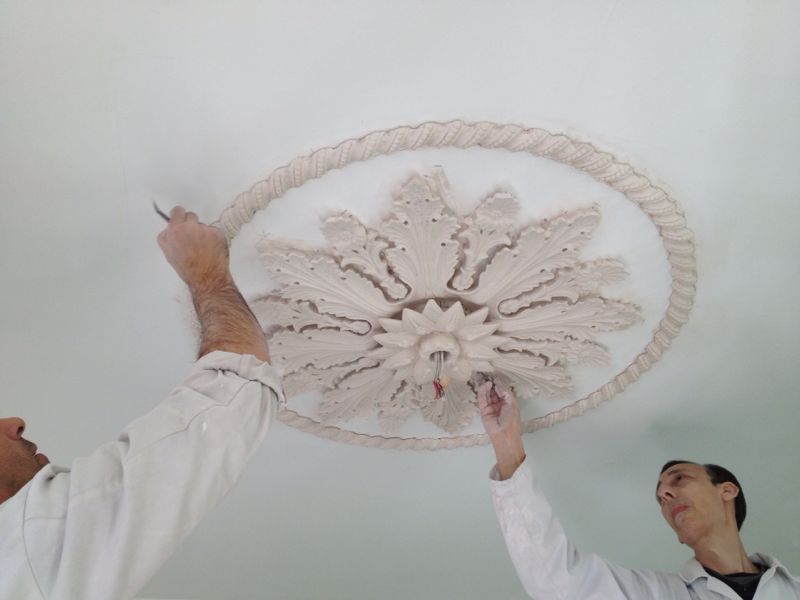Plastering the walls or ceilings is necessary to give them good looks. The process makes them quite attractive and the onlookers are impressed with proper plastering. Persons that make use of plaster may like to know the following facts about the same:

- Thickness – This is the major feature of any plaster that needs to be considered with great care. The undercoat plasters are usually applied with 11 mm thickness for the walls. Their thickness for ceilings may come to eight mm. The finish coast plasters may be at two mm thickness.
- Type of plaster – The type of plaster to be applied is to be thought with great care. Suction level of the background material and other factors are responsible for deciding the type of plaster that is to be applied. Other matter that needs consideration is whether the plaster is to be applied to cement or sand.
- Plastering an existing painted wall – Those going to plaster the wall that has already been painted need to consider this. The material purchased from prominent concerns like Regency plaster may prove its worth. Suitable detergent may be used for plastering the painted walls. Wire brushing may also become necessary before application of the multi finish.
- Reduction in air leakage – Good plaster means it can assist in reducing air leakage of the building. The gaps can be plugged and cracks can be managed easily by maintaining air tightness. Dot and dab method may work well for the same.
- Improvement of thermal mass – Good materials like Regency plaster are able to manage the thermal mass. It provides the requisite decorative finish and enables excellent heat transfer between the air and the building fabric.
- Plastering damp walls – It may be noted that walls with rising or penetrating dampness should not be plastered as it may not work well. However, walls with residual dampness after successful DPC treatment may be plastered. Good plastering materials are able to eliminate the mild dampness.
- Removal of salt – Salts brought to the surface of the background during drying up process are quite common. These salts should be removed in careful manners before going ahead with plastering and get rid of dampness problem.
- Temperature – Care should be taken about the temperature at which good quality plasters are used at. The usual temperature is about 49oC.
- Water – A considerable amount of water is required for a bag of plaster. It differs and depends on the type of plaster and ranges between 17.5 liters per 25kg bag to 11.5 liters in general conditions.
- Coverage of plaster bag – This feature differs in terms of the type of plaster. It may be 2.25m2 to 3.5m2 for undercoat plasters and 10m2 or 11m2 for finish coat plasters.
- Effect of red spots – Dried up plasters may follow some small red spots on the surface. There is no worry as these spots will have to adverse effects upon decoration and will disappear after application of usual paint.
The above facts about good plasters should be known by the users that intend to give good looks to the buildings.


Drywall is a popular building material used in homes and businesses across the country. It is easy to install and can be painted or textured to match any décor. While drywall is generally a durable material, it can become damaged over time. If you need a drywall repair service, it is important to choose a company that has experience with this type of repair. We also provide this type of service. So please contact us today for more information.
https://www.thepatchboys.com/dupage-county/